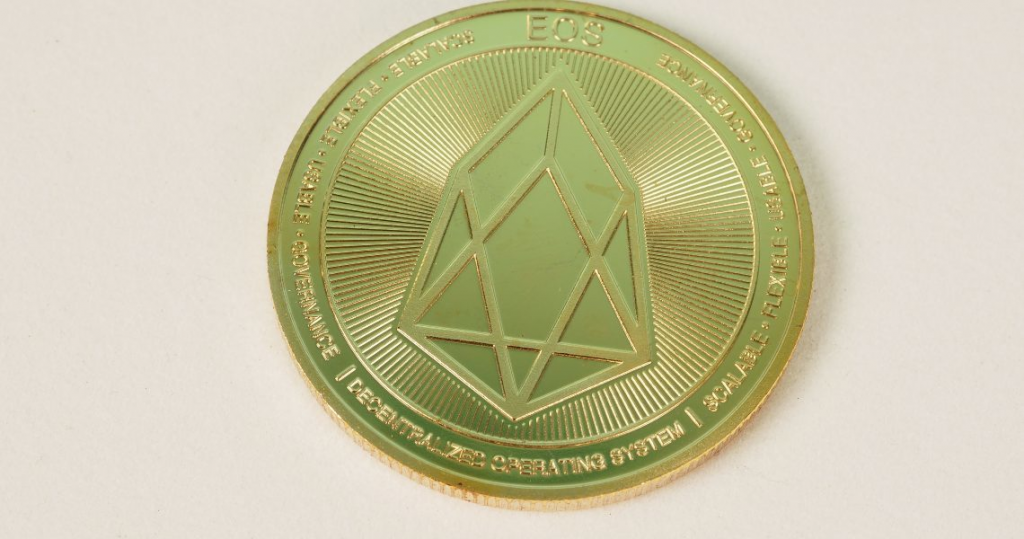The EOS blockchain is one of many blockchain development platforms that you or your company can choose to build its next dApp on. Like any other platform, EOS has its pros and cons, making it best suited for some business applications and not a recommended candidate for many other use cases. So, EOS blockchain development for your business: yay or nay?
What is EOS blockchain development?
EOS is a cryptocurrency and EOS.IO is a blockchain protocol based on the EOS cryptocurrency. The EOS smart contract platform claims to eliminate transaction fees and also executes millions of transactions per second.
The main goal of EOS is to facilitate a simple interface for blockchain development without compromising security and management efficiency. With the ability to process millions of transactions per second, EOS is currently gaining the trust of blockchain investors. Since the initial coin offering in July 2017, EOS has become very popular. Eliminating gas fees for transaction processing is the most attractive feature the EOS platform has to offer.

What are the features of EOS?
Performance
The EOS blockchain offers industry leading TPS (transactions per second) rates. This makes it the best candidate for building mission-critical blockchain applications that require millions of transactions to be processed in a second. It also provides high performance in sub-second block timeout ratio.
Convenience
The EOS platform provides a lot of convenience in many aspects of blockchain development. You can use EOS to implement public, private, permissioned or permissionless blockchain infrastructure.
Ability to measure
The combination of advanced DPOS technology has made the EOS framework efficient enough to compute one million transactions per second. The technology uses a distributed proof-of-stake consensus mechanism.

EOS mechanism
The process follows these steps:
The validator’s coins are locked as a deposit.
After stacking and locking, validation will begin. The betting system activates and they bet on blocks they think can be added to the chain.
If the block is added, validators will receive a reward according to their bets on the block.
The main advantage of the continuous voting system is that anyone can participate in the voting process for blockchain rewards. This proof of stake integrated voting system, aka DPOS integrated voting system, allows computer networks to become decentralized.
Business applications of EOS
High Transactional DApps
As we discussed earlier, one of the most important uses of the EOS blockchain is in formal DApps or decentralized application development that needs huge transaction capacity. Since this blockchain ensures different levels of user authentication, anyone can build a dApp, run it on the platform, and grant different development permissions while sharing data. between users.

Cryptocurrency
EOS can also be used as an investment tool in the cryptocurrency or even crypto space. Although the EOS token is not mined, the proof-of-stake system will provide the mining power of the blockchain. And as we saw earlier, there are no transaction fees associated with it, making it a favorite among developers.
As a promising blockchain platform, we can expect EOS blockchain development to continue to expand in the coming years, providing dApps that are much more secure, faster, and more affordable than traditional blockchain applications.
Want to know more about EOS blockchain development, SmartOSC experts are always willing to help you. Contact us.
Contact us if you have any queries about Blockchain development services, dApps development, NFT marketplace development, Crypto wallet development, Smart contracts development.

